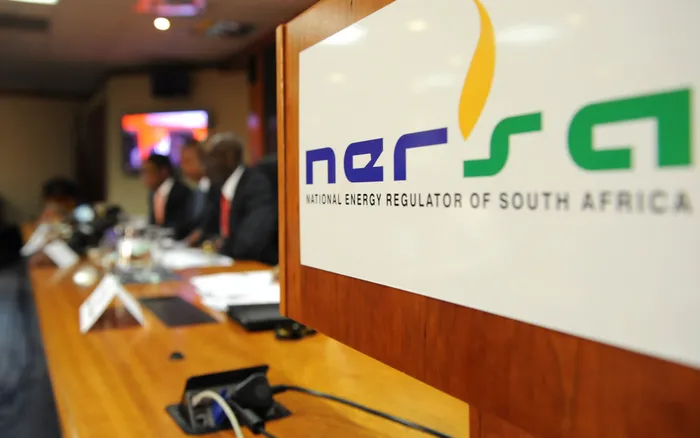Beyond Eskom’s 12.74%: The devil’s in the details

When the National Energy Regulator (Nersa) capped Eskom’s 2025/26 electricity tariff increase at 12.74%, many businesses across the country breathed a sigh of relief, says the author.
Image: Supplied
When the National Energy Regulator (Nersa) capped Eskom’s 2025/26 electricity tariff increase at 12.74%, many businesses across the country breathed a sigh of relief. But buried in the fine print of its March 17 ruling is a profound shift that will reshape how businesses pay for and plan around energy consumption.
In simple terms, the old one-size-fits-all approach is being phased out. Wholesale changes have been made to Eskom’s tariff structures and even on individual charges within tariffs.
Time-of-use schedules are being adjusted, evening peaks are lengthening, and Sunday nights are no longer considered off-peak.
Seasonal differences are narrowing, with summer tariffs set to rise more than before. Two new charges are being introduced: one is payment for relying on the grid as back-up source, the other is to recover the cost of Eskom’s historic renewable energy contracts.
The changes are intricate, but their impact is real and immediate.
Who wins, who loses?
The grid historically operated as a one-way system, and tariffs were largely based on consumptive energy use patterns at an end-user level.
But as more businesses generate their own power through solar and battery energy storage systems, the balance has shifted, and Eskom is repositioning the grid as a standalone transmission and distribution asset. You might not need it every hour of every day, but you’ll still pay to have its capacity available as a fall-back when your own generation is not sufficient.
What matters now is how much capacity you need, when you use it, and how predictable or volatile your consumption is. Businesses with well-managed loads will benefit. Those with an intermittent or inconsistent load profile will pay more.
Geographic location will also start to bite, as cross-subsidies between urban and rural customers have been re-balanced. Network charges for rural customers have risen considerably whereas urban tariffs are set to benefit.
Changes in the low- and high-season tariff weighting will also impact industries, especially those that dependent on inexpensive off-peak tariffs like cold storage, battery charging or seasonal agri-processing. These changes will force a serious rethink of our current ways of operating.
There’s no sugar-coating it: this is going to be disruptive. But in change there is also opportunity.
The era of passive energy consumption is over
The new structure rewards precision. Those that actively manage their energy usage - aligning operations with cost signals, optimising shift patterns, deploying batteries or demand response systems - can unlock real savings. It also strengthens the case for behind-the-meter solutions that reduce both energy and demand charges, while improving resilience.
In this new world, energy must be tracked, understood and optimised daily. The days of simply accepting a monthly bill are over.
Consequently, the companies that move early, understand their consumption profile and design tailored responses will turn cost pressure into competitive advantage. Those that wait may find themselves locked into cost structures they cannot afford or escape.
This tariff reform is not an isolated event. It’s part of a deeper transformation in how South Africa thinks about energy. And as we move toward cleaner, more decentralised systems, we can expect more reforms like this.
The question isn’t whether change is coming. It’s whether you’re ready for it.

Manie de Waal is the CEO of Energy PartnerS.
Image: Supplied
Manie de Waal is the CEO of Energy Partners.
*** The views expressed here do not necessarily represent those of Independent Media or IOL.
BUSINESS REPORT